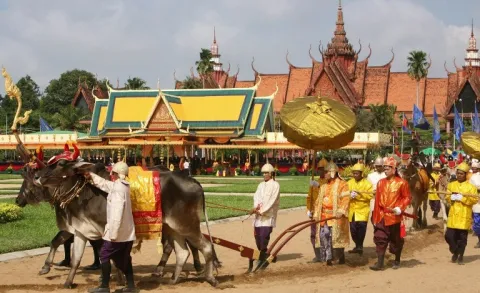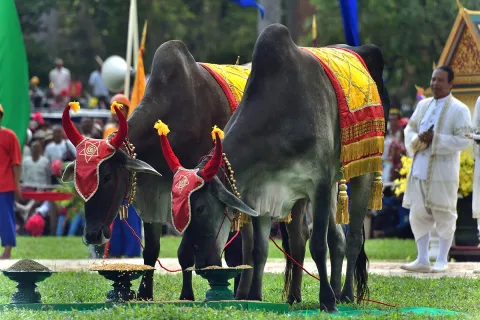The capital of Cambodia is Phnom Penh, a vibrant city located at the confluence of the Mekong and Tonlé Sap rivers. Phnom Penh has been the nation's capital since the French colonial era and remains the political, economic, and cultural heart of Cambodia. The city is home to the Royal Palace, the Silver Pagoda, and the National Museum, making it a hub for tourists interested in exploring the country's rich history and heritage. Phnom Penh also serves as the primary gateway for travelers visiting Cambodia, with its bustling streets offering a mix of modern conveniences and traditional Cambodian culture.
Over the years, Phnom Penh has seen significant development, with an expanding skyline, growing infrastructure, and an increasingly diverse population. Despite its rapid modernization, the city still retains a charm reflective of its historical roots, with French colonial architecture, vibrant markets, and riverside promenades. Visitors to Phnom Penh can experience a range of activities, from exploring ancient temples to enjoying the local cuisine in the city’s many restaurants and cafes. As the capital, Phnom Penh plays a crucial role in Cambodia's national identity and continues to be a focal point for the country's future growth and development.


